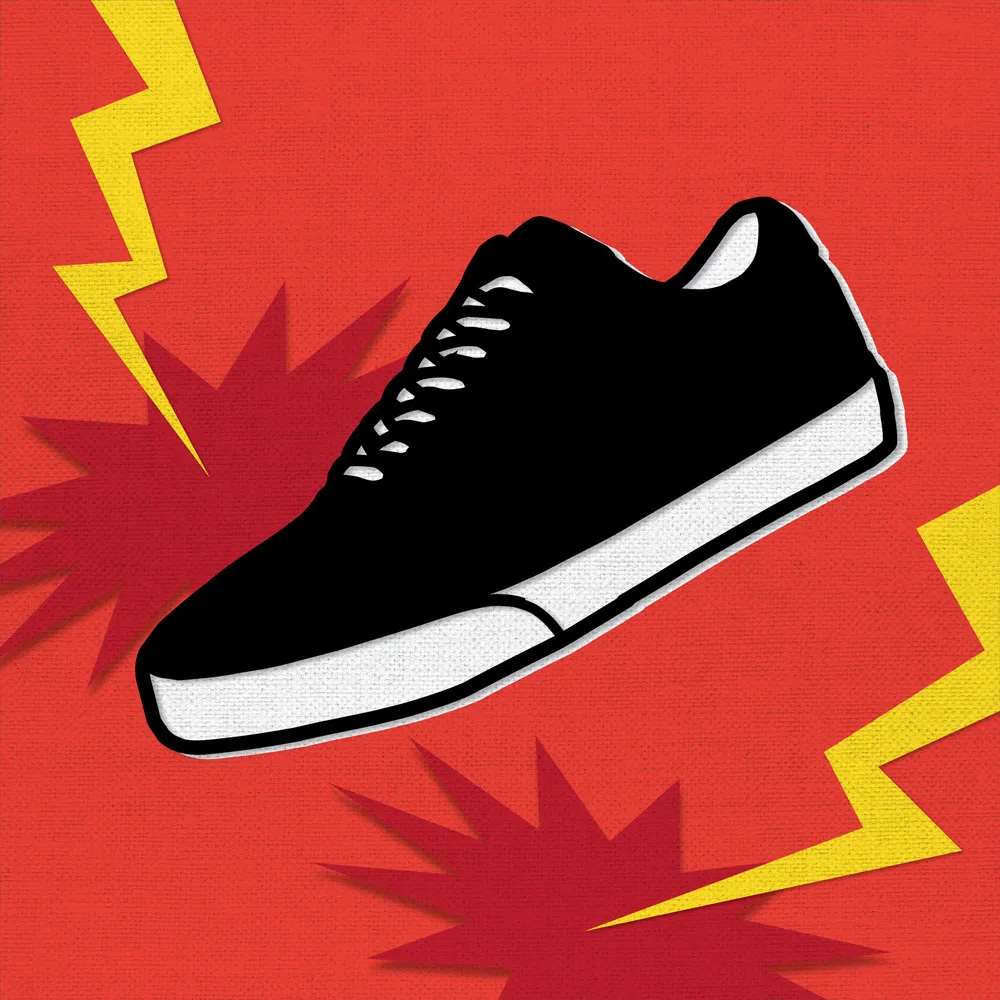- July 03, 2023
- By Georgia Jiang
Summer brings to mind sunny days and relaxing vacations, but the season’s dark side makes it one of the busiest times of the year for a University of Maryland “fulminologist”—a scientist specializing in lightning research.
“About two-thirds of lightning that happens over land in the U.S. occurs during the summer months,” said Daile Zhang, a postdoctoral associate at UMD’s Earth System Science Interdisciplinary Center. “And because I study storms, how they form and where they go, I end up tracking a lot of them during the season.”
Zhang uses land- and satellite-based lightning locating systems to detect what’s brewing across the country. Her Atmospheric Electricity Research & Training group captures lightning strikes and storms using cameras around the College Park campus and nationwide; the team also operates a ground-based network of sensors called the Mid-Atlantic Lightning Mapping Array to detect and geolocate a range of radio frequency electromagnetic waves produced by lightning.
In addition, she’s helping the National Weather Service with one project to improve visualization of weather and climate data through virtual reality, and on another to help airplanes avoid dangerous storms.
“I’m working to make all this satellite-based data we have easy to access for everyone around the world,” Zhang said. “Studies have shown that this data can increase the lead time we have over severe weather hazards. This not only mitigates the number of potential lightning fatalities or injuries, but also other lightning-related weather hazards like hail, strong winds and tornadoes.”
The chances of being struck by lightning are slim, averaging less than 1 in a million each year—a frequency that translated into 444 deaths from 2006 to 2021, according to the Centers for Disease Control and Prevention. Safety education about the phenomenon appears to be paying off, Zhang said, with yearly deaths declining from 49 in 2006 to just 19 last year. She recently spoke with us to dispel some persistent lightning myths.

Myth: Lightning never strikes the same place twice.
It’s an old saying that couldn’t be more wrong, Zhang said. “Features that stand out from the ground, such as trees or buildings, are actually more likely to be repeatedly struck by lightning. An example of this is the Empire State Building, which is why it’s also a favorite subject of lightning studies.”

Myth: If you’re caught out in a thunderstorm, just get low.
In fact, if you’re caught outside in a thunderstorm, the safest thing to do is head toward a building where there are lightning safety installations like lightning rods and cable conductors to help direct electricity safely away from people. In a flat area, lightning is more likely to strike a raised object, but Zhang warns that any object can be hit by a bolt of lightning. “There is no safe place outside,” she said.

Myth: Trees and tents are safe shelters.
“In fact, 10% of all lightning fatalities and injuries around the world are related to trees—lightning can ‘jump’ from a trunk to a person and it doesn’t need to strike you directly to hurt you.” Instead, Zhang advises sheltering in an enclosure encased in metal and grounding to allow electricity to flow into the earth—i.e., inside a substantial building or even a car.

Myth: Rubber is a lightning shield.
Another myth that Zhang hopes to debunk is the idea that rubber-soled shoes or rubber tires can save you from lightning. The rubber itself actually provides little to no protection from lightning; instead, the metal exterior shell of your car conducts an electric charge away from you and leading to the ground via the axles and tires. A similar principle applies to planes, she added, because the metal exterior conducts lightning strikes so that they dissipate harmlessly into the air.

Myth: Using your cell phone will attract a lightning strike.
In fact, Zhang said, forgoing a cell phone for a land line increases your risk of a shock if a building you’re inside is hit by lightning. As long as you’re indoors, use your cell phone worry-free, she says.
